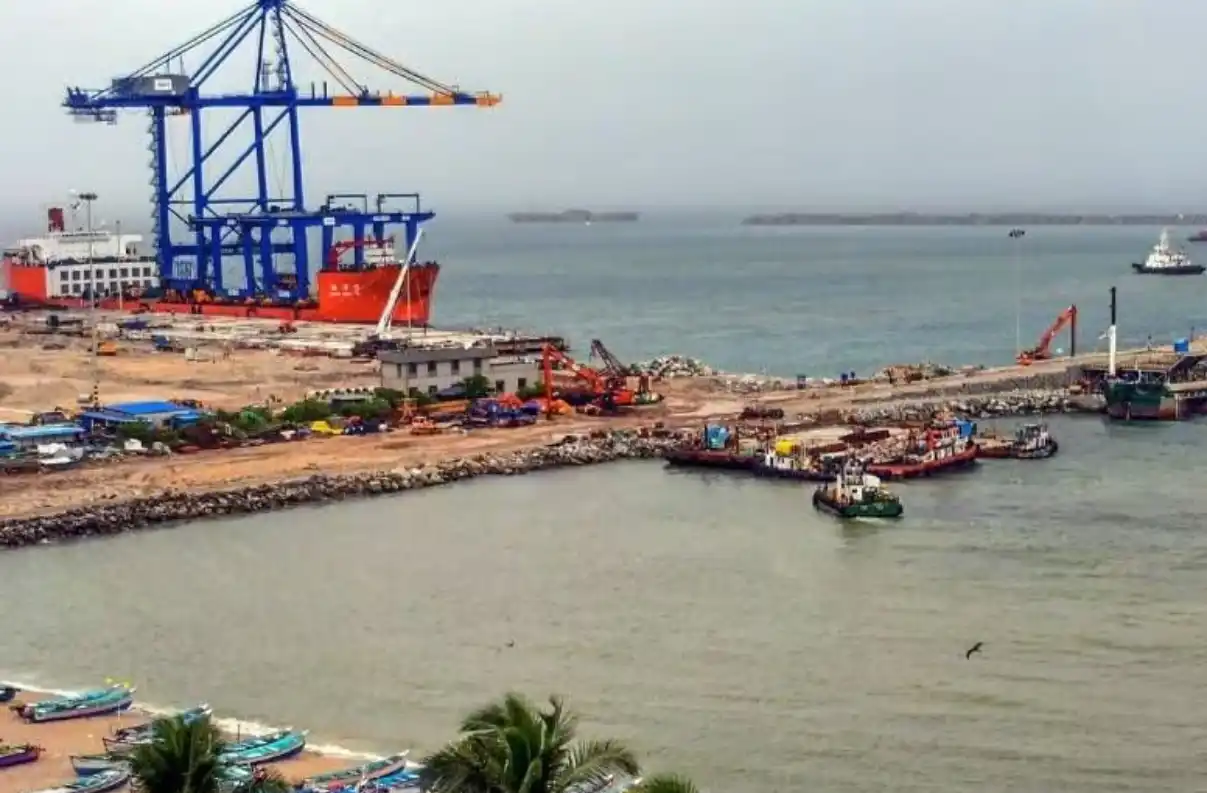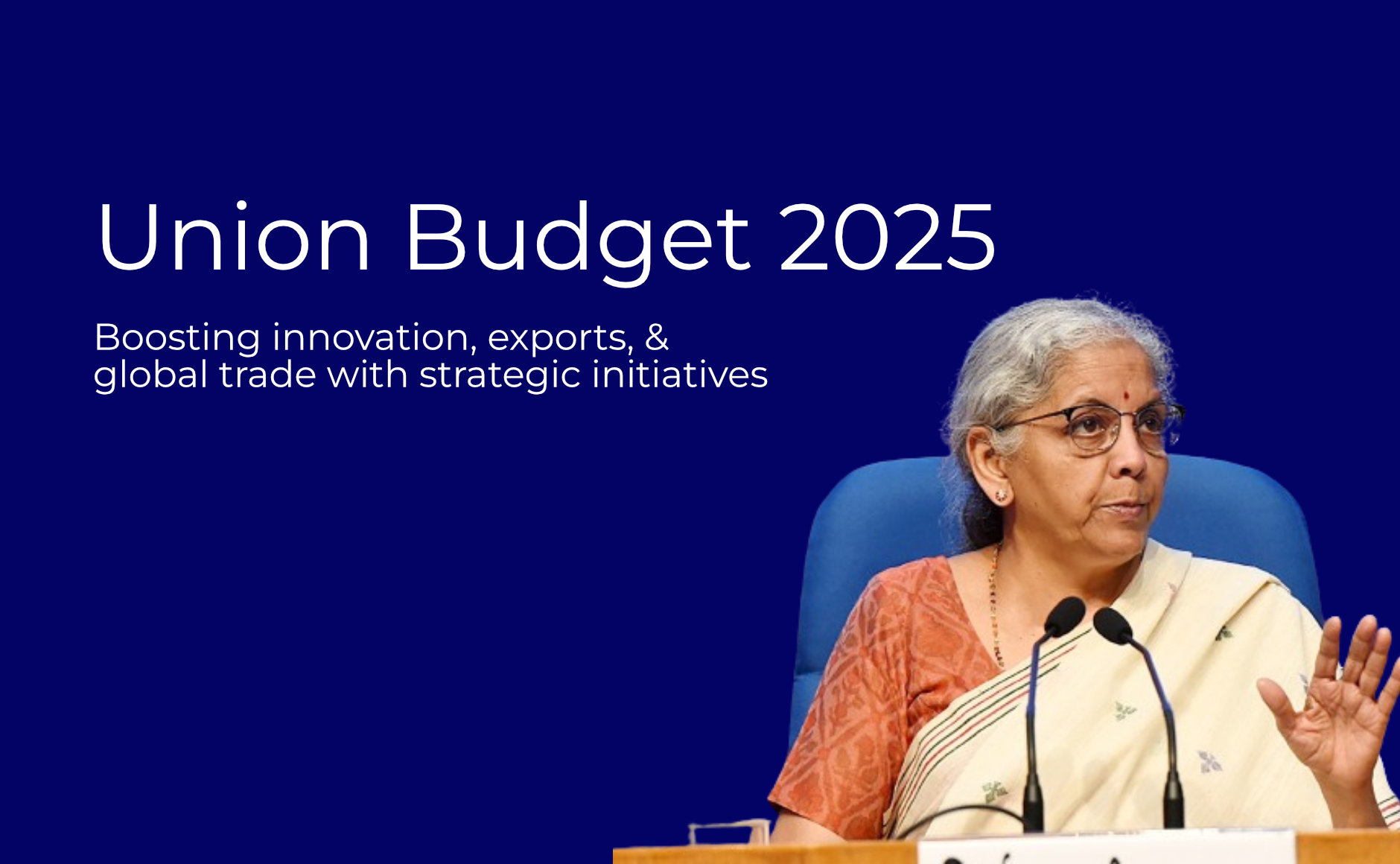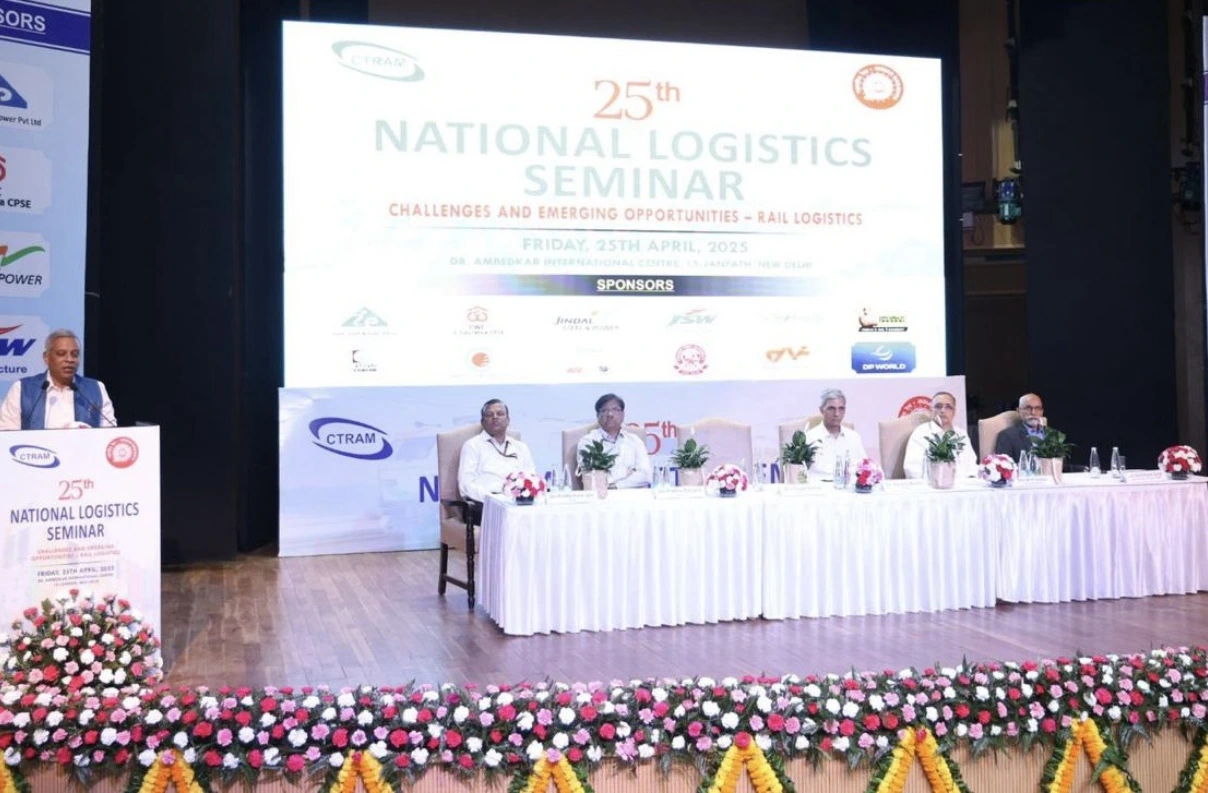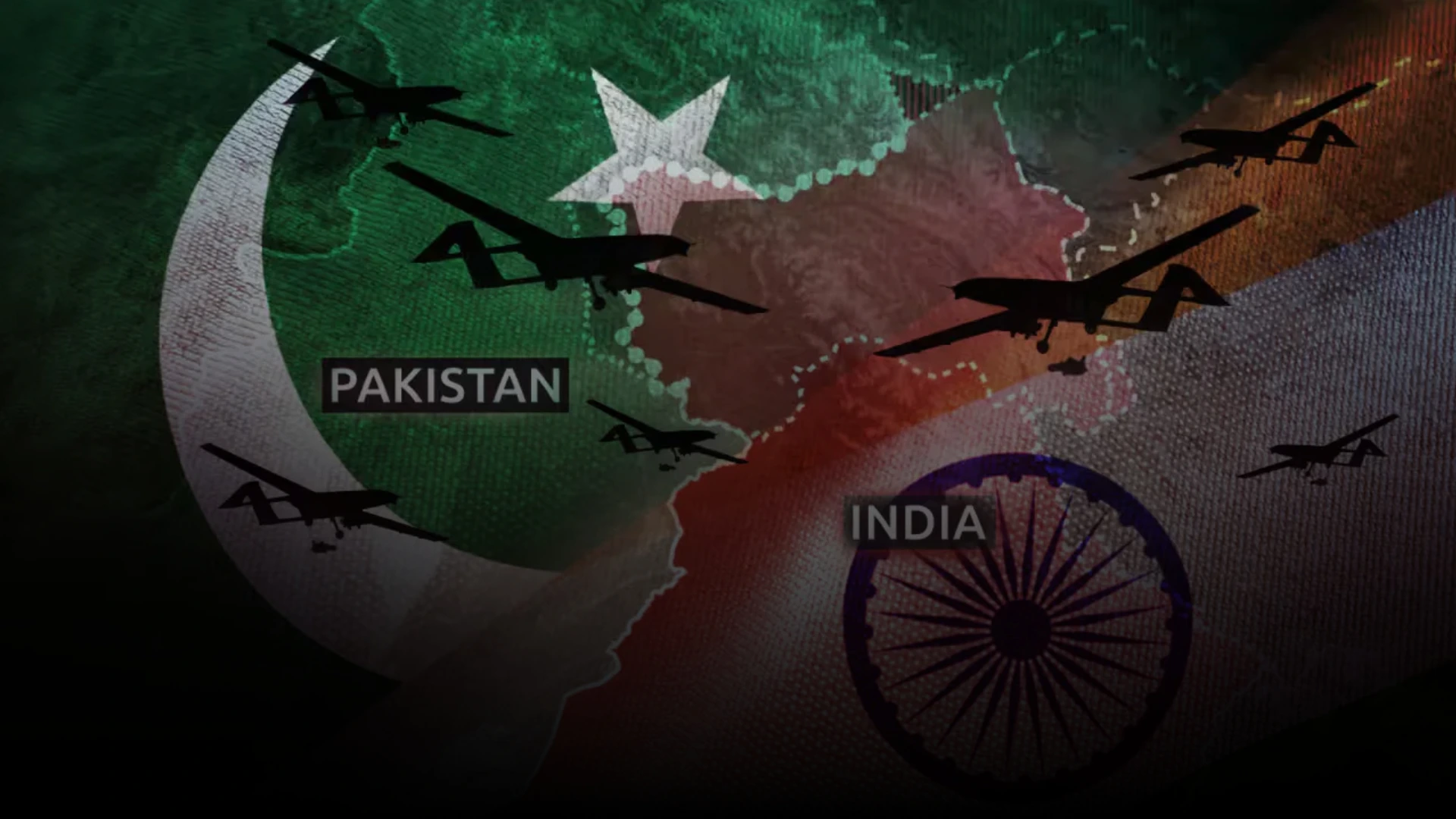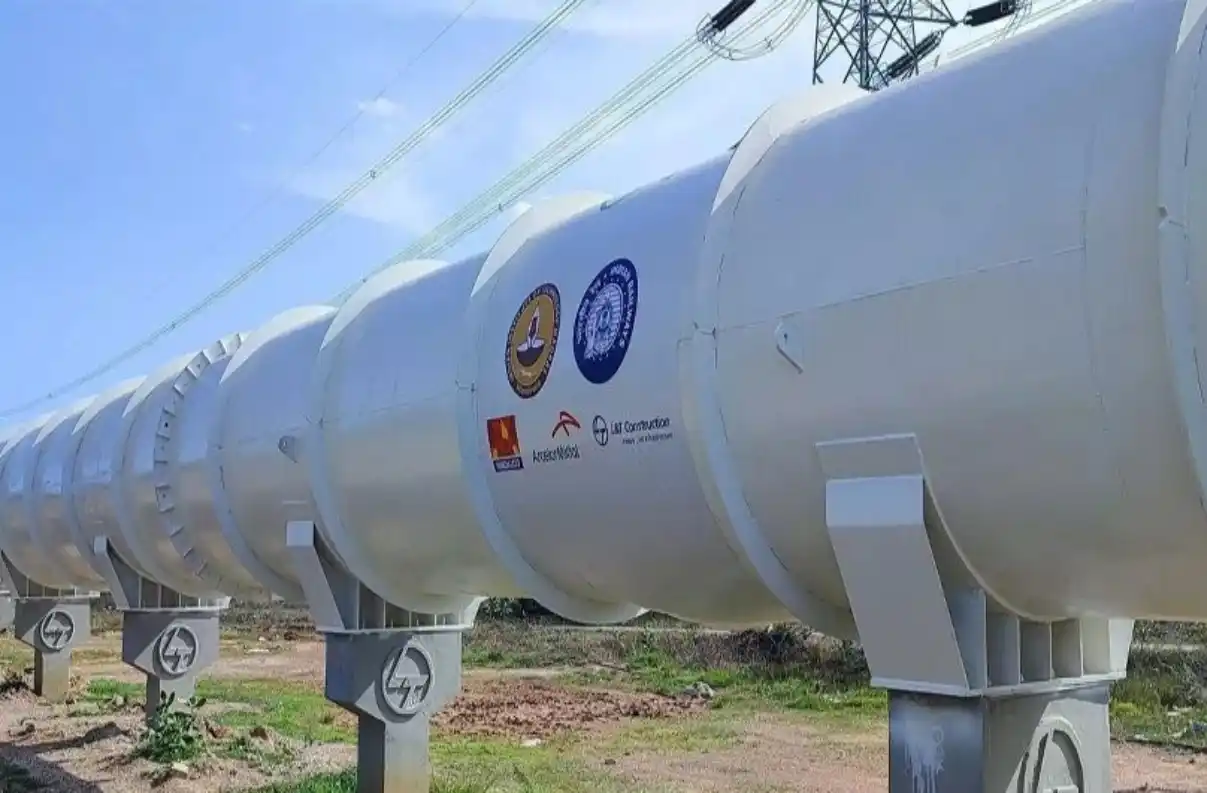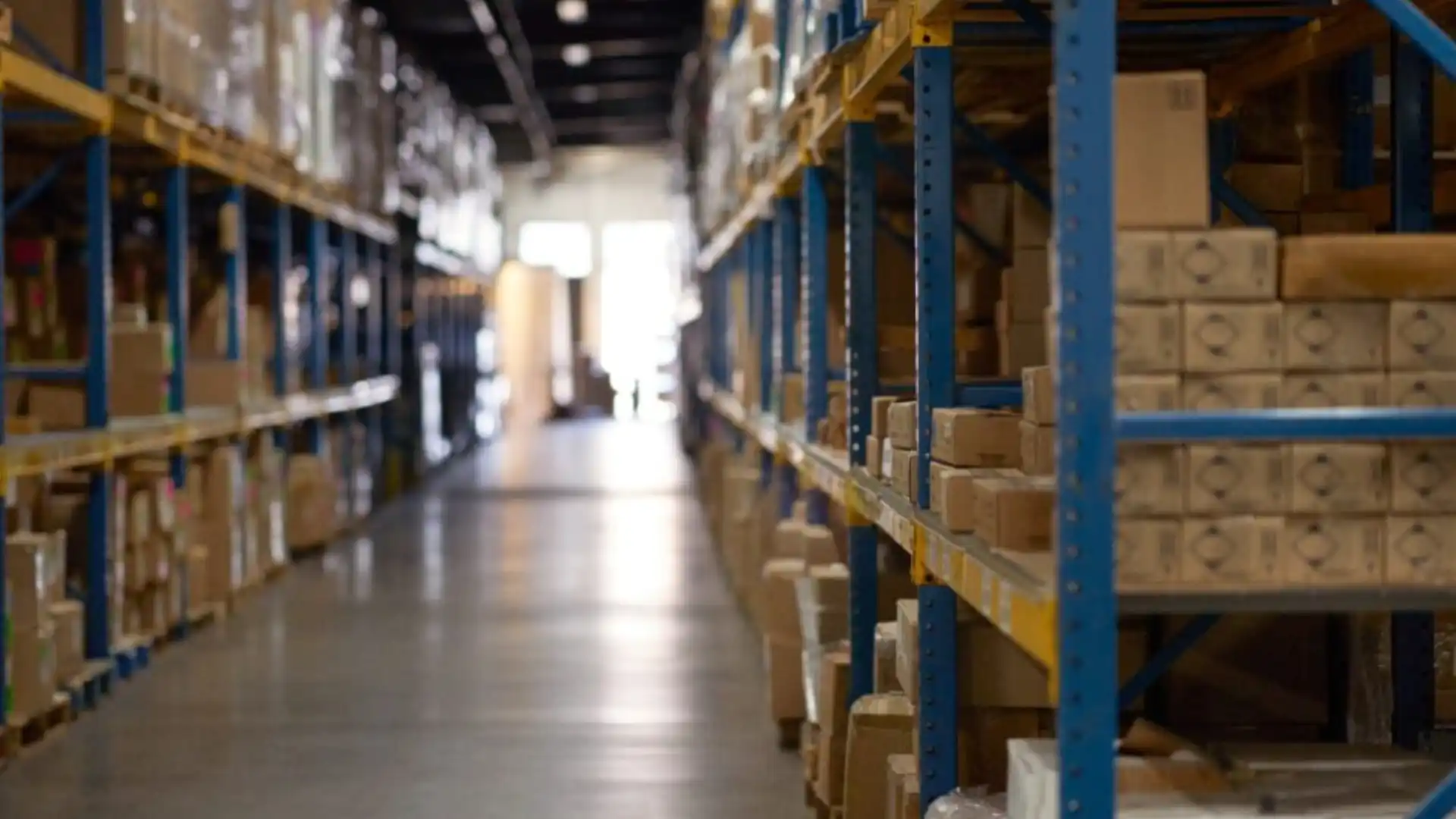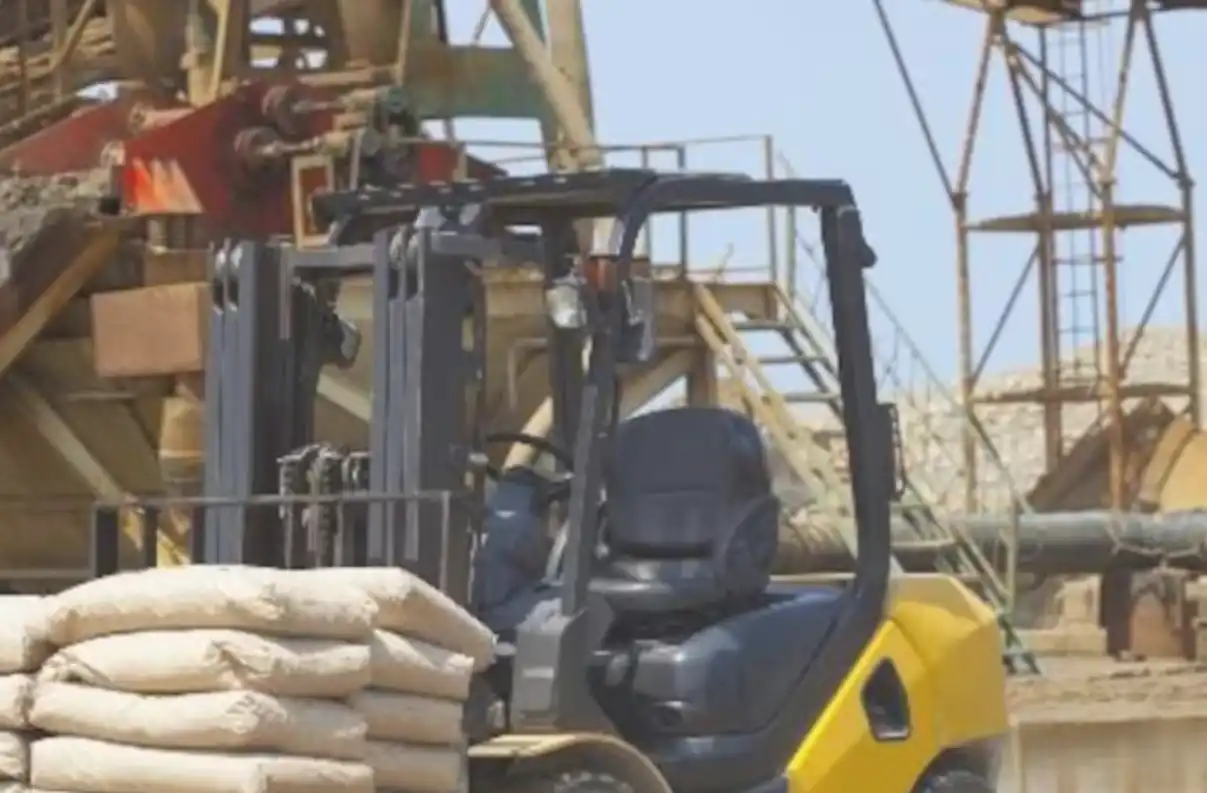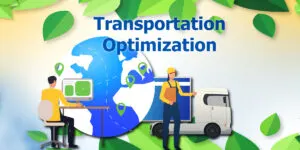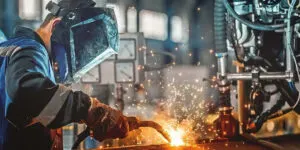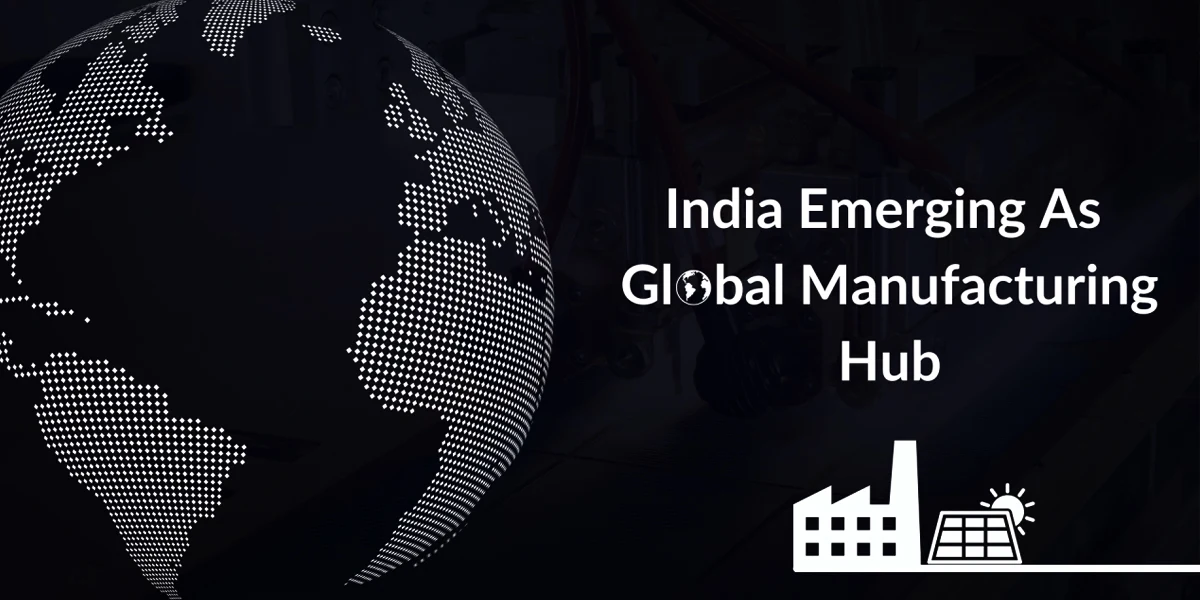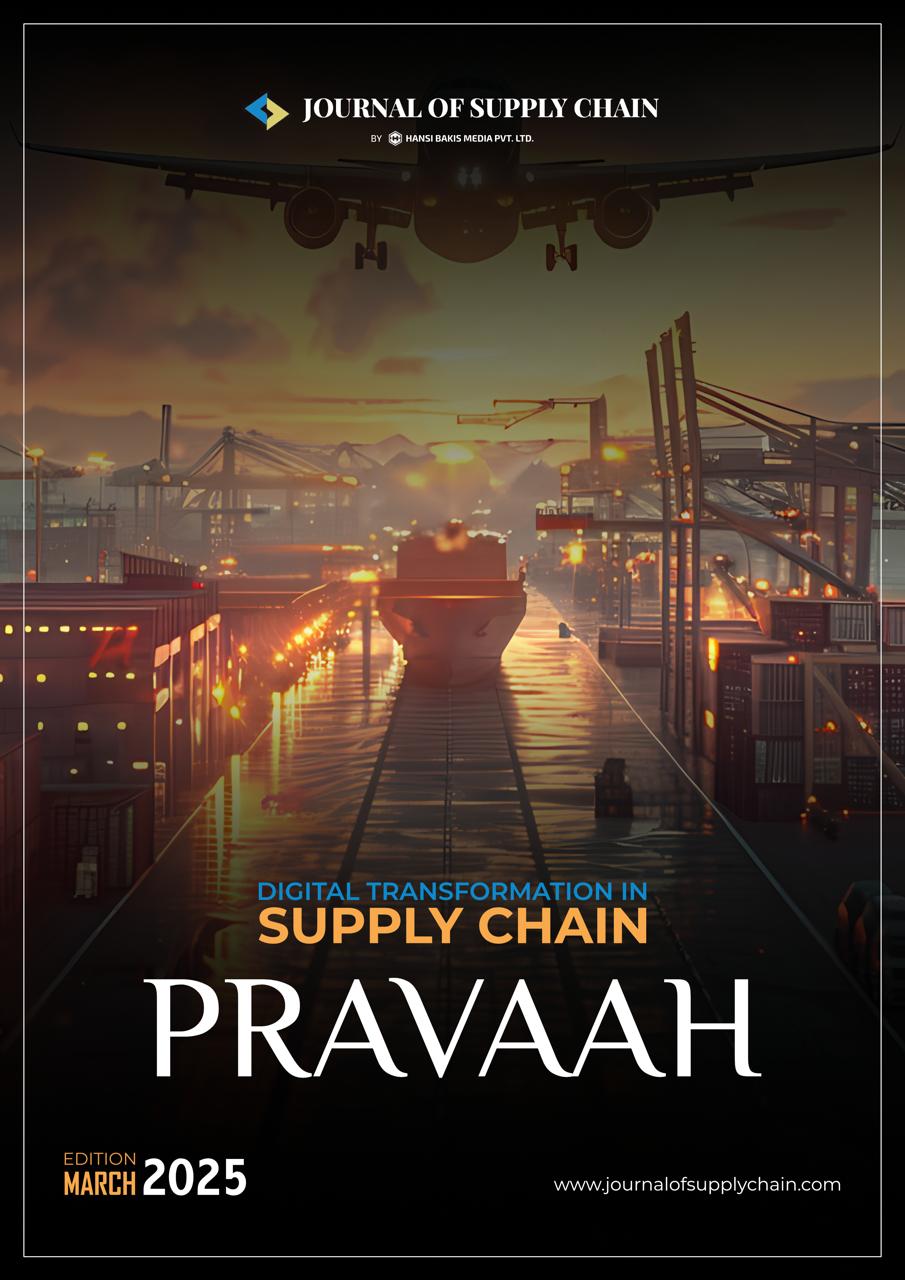Article
PM Modi’s Dahod Visit Signals Strategic Focus on Tribal Empowerment and Regional Growth
 Anamika Mishra
[Sub Editor]
Anamika Mishra
[Sub Editor]
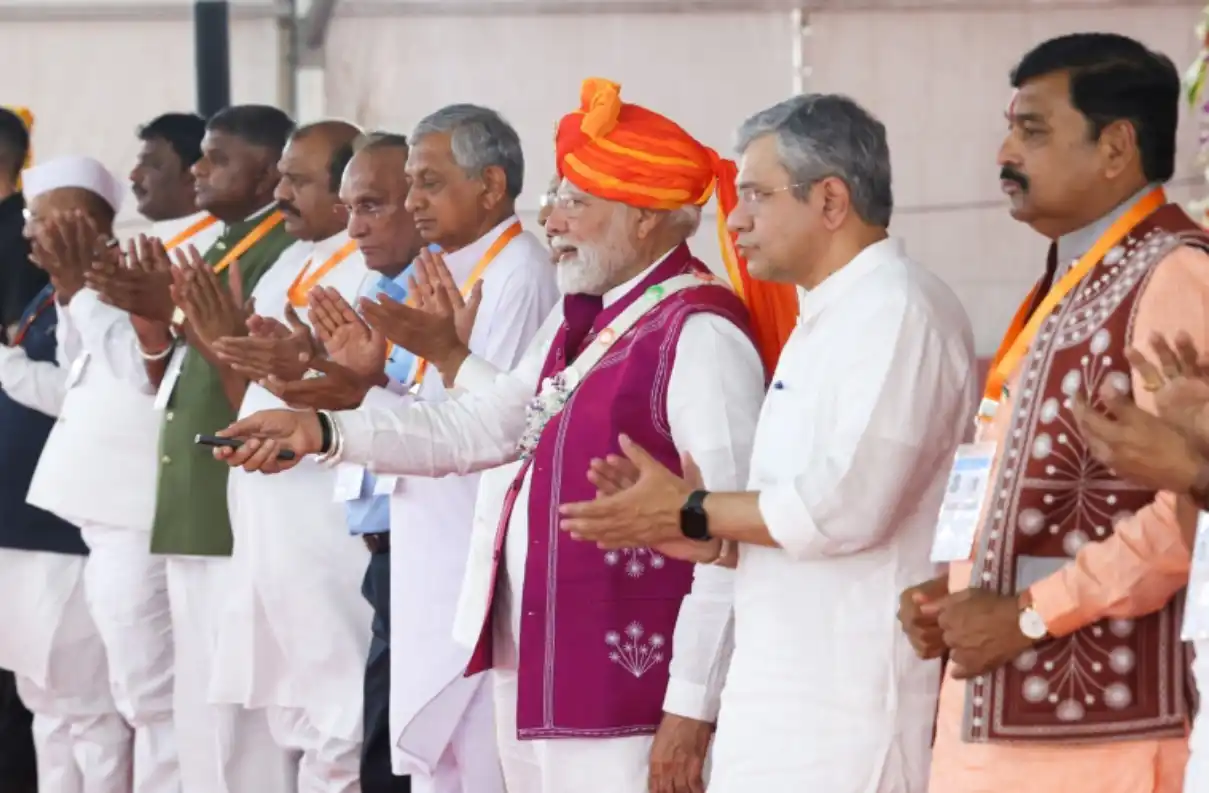
When Prime Minister Narendra Modi stepped into Dahod on May 26, 2025, he did more than flag off locomotives and inaugurate buildings, he sent a clear and calculated message: the days of India's tribal regions being development afterthoughts are over. His visit to this small but strategic district in eastern Gujarat, nestled close to the borders of Madhya Pradesh and Rajasthan, symbolized a renewed push for grassroots development, one that aligns both politically and economically with the larger narrative of “Viksit Bharat” or a Developed India. The government’s announcement of ₹24,000 crore worth of development projects was not just about electrification, transportation, and job creation, it was about signalling a shift in how India’s tribal and underdeveloped districts are perceived: not as burdens, but as untapped engines of national growth. Let’s be clear: Dahod is not just another dot on India’s map. It is a district where over 70% of the population belongs to Scheduled Tribes. By choosing Dahod as the epicentre of such high-value announcements, PM Modi made a strategic political move while simultaneously addressing a long-overdue development need. Manufacturing in the Heartland: A “Make in India” Showcase Perhaps the crown jewel of PM Modi’s visit was the inauguration of the ₹20,000 crore Electric Locomotive Workshop, India’s first factory capable of producing 9,000-horsepower locomotives, a joint venture with global engineering giant Siemens. The sheer scale of this project is staggering: 1,200 locomotives to be produced over 11 years, with direct employment for around 3,500 people and indirect employment potentially impacting over 7,000 more in ancillary industries and services. This is “Make in India” done right, not just in terms of industrial production but in its human impact. Dahod’s youth, many of whom have historically migrated to cities for low-paying jobs, now see a future in their own backyard. The potential multiplier effect on local education, skill training, and micro-economies cannot be overstated. But it also poses a question: Can India replicate this model in other tribal-dominated districts? If Dahod can host such a transformative project, why not Bastar, Simdega, or Malkangiri? This visit lays down the gauntlet, not only for the opposition but for the rest of India’s administrative machinery. Smart Cities, Tribal Museums, and the Urban-Rural Reconciliation Another key highlight was the launch of Smart City initiatives in Dahod worth ₹233 crore, which includes the development of municipal infrastructure and a dedicated Tribal Museum. Critics often deride Smart City projects as urban elitism wrapped in buzzwords. But here, the Smart City push isn’t about glass towers or rapid transit. It’s about basic civic dignity solid waste management, better drainage systems, modernized government offices, and public access to clean water. The Tribal Museum, meanwhile, is not just a cultural initiative, it’s a recognition of identity. In a political climate where culture is often weaponized, this museum could serve as a space of pride and pedagogy for local communities, connecting tribal history with national consciousness. Modi understands symbolism and by inaugurating this museum himself, he not only pays homage to indigenous
The only supply chain registration you need
Unrivaled context behind every news and article for free.

 Anamika Mishra
Anamika Mishra 